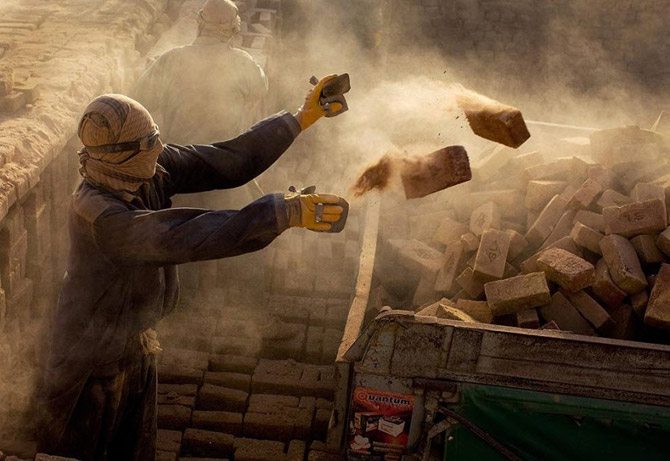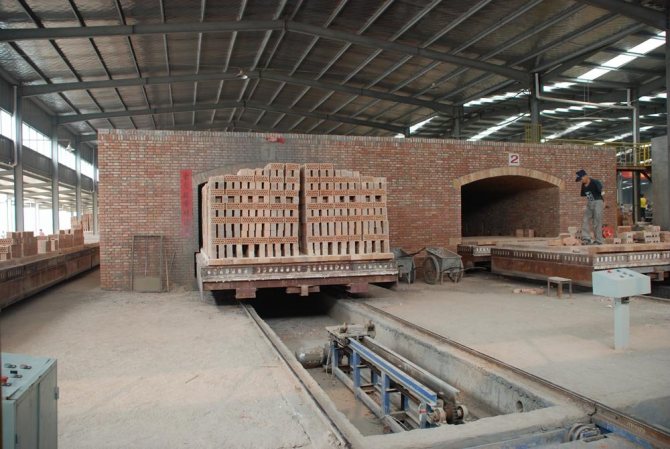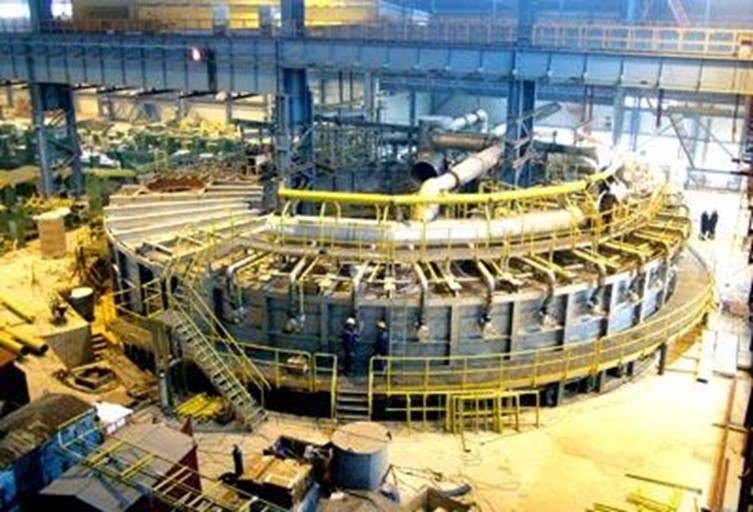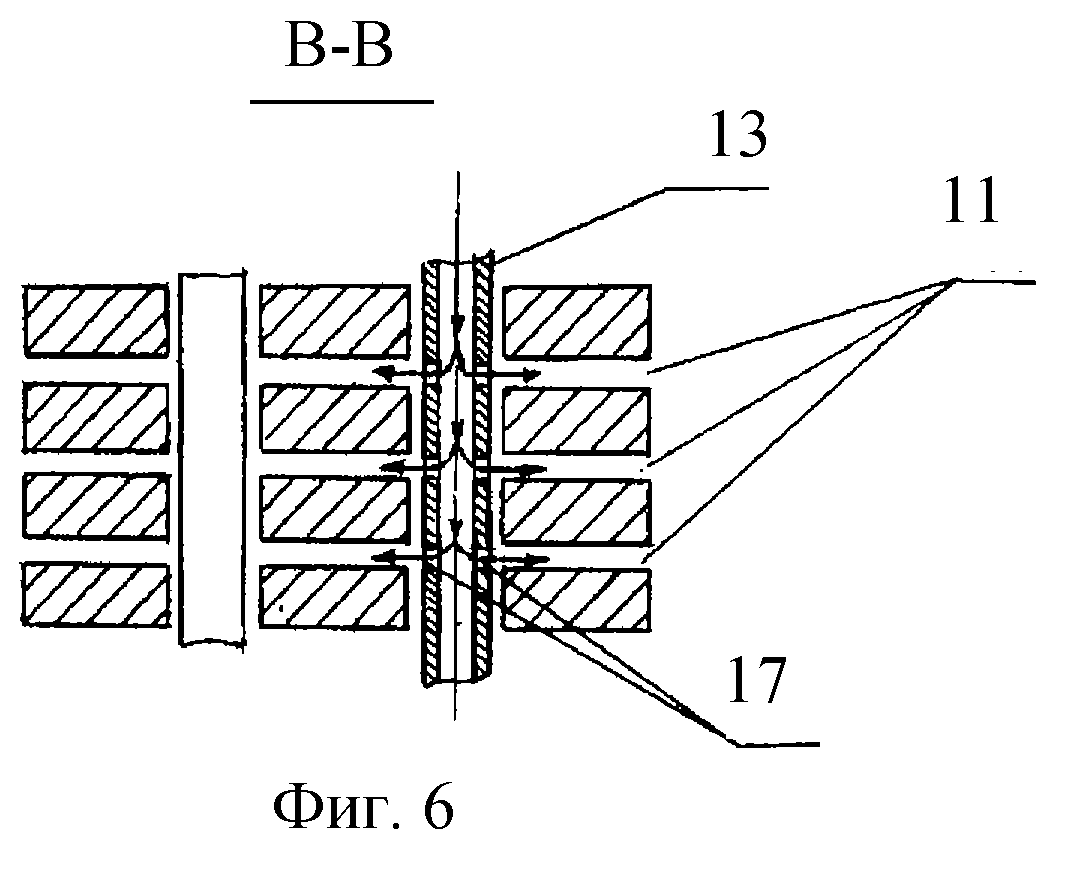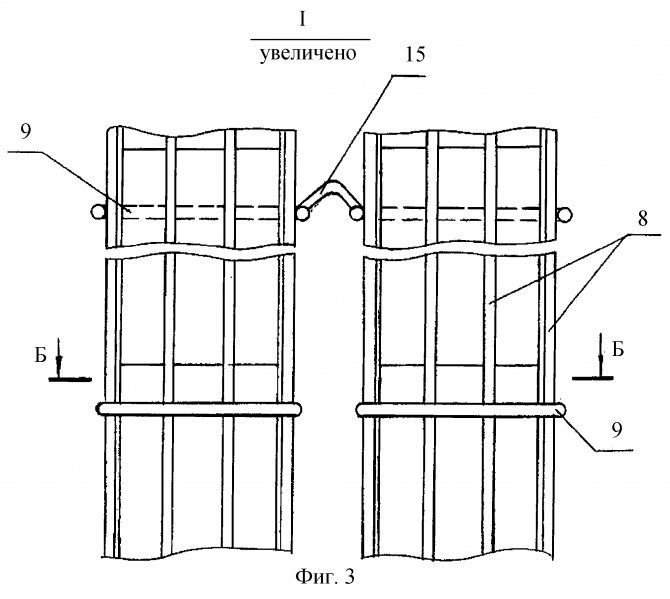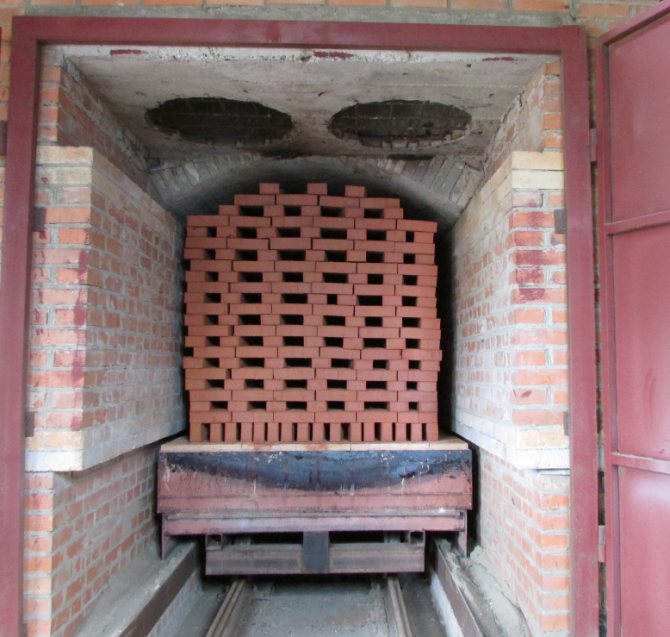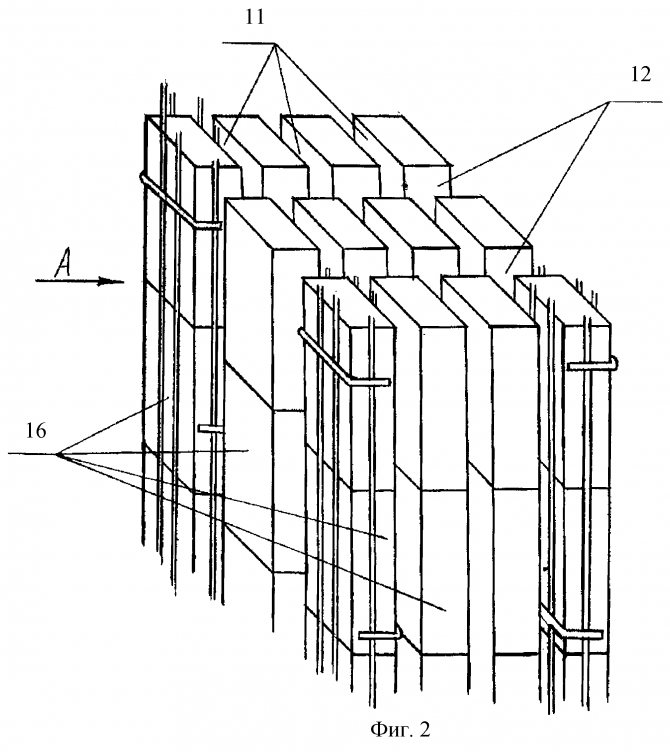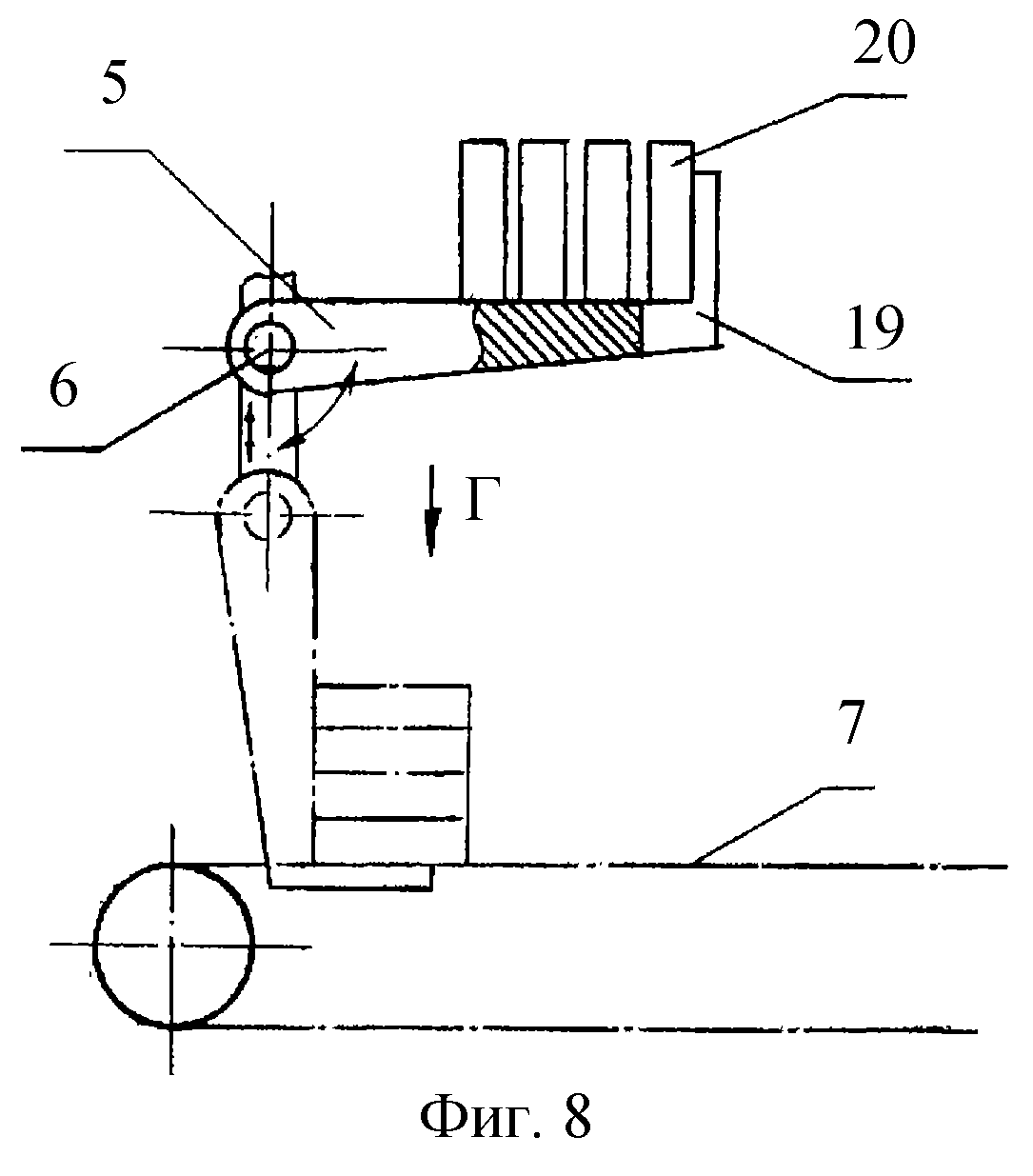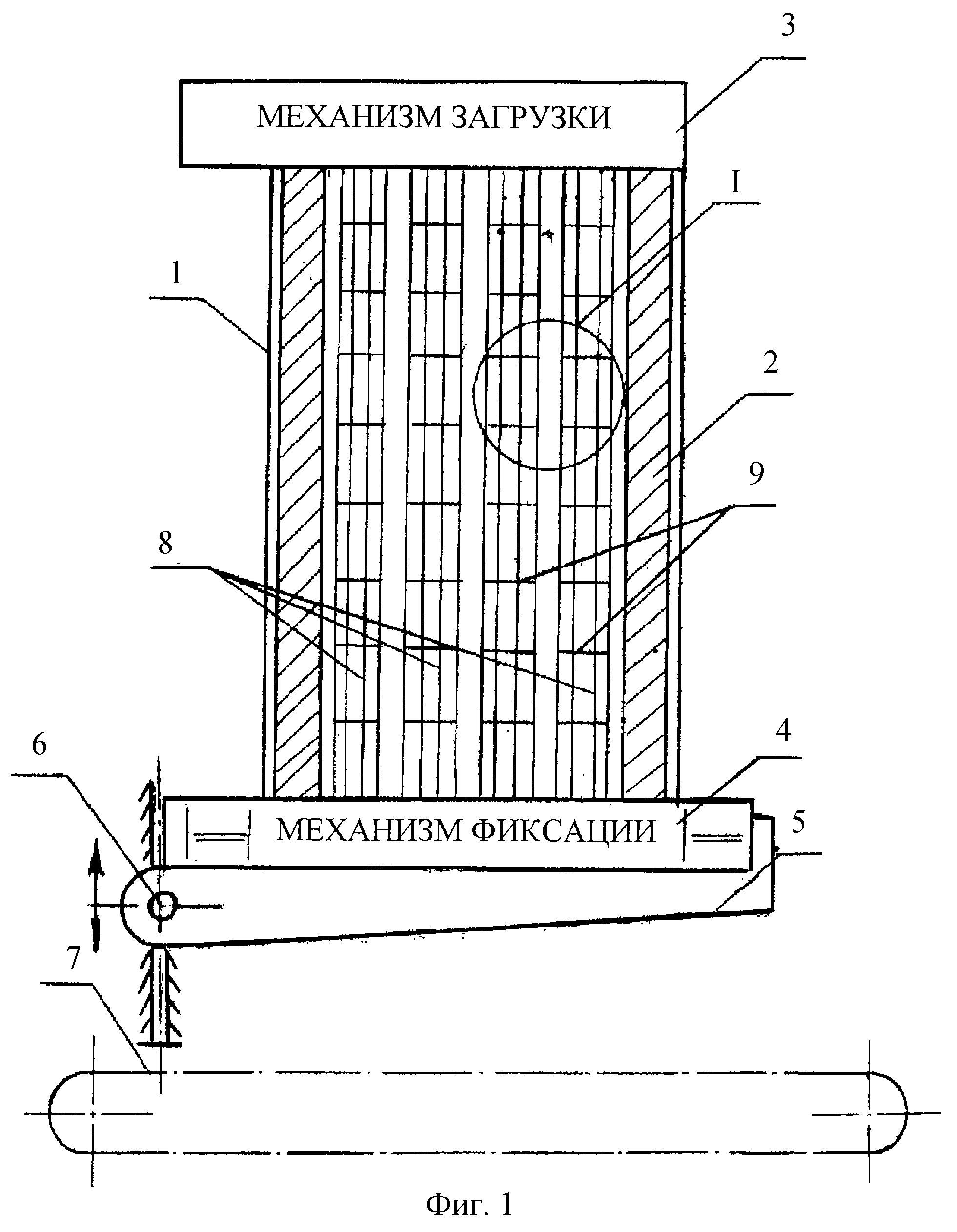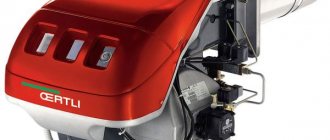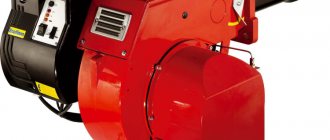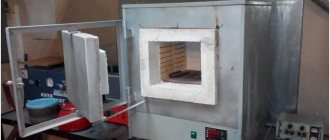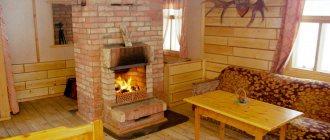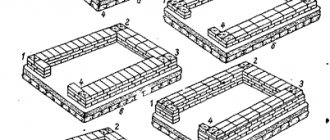Brick making techniques
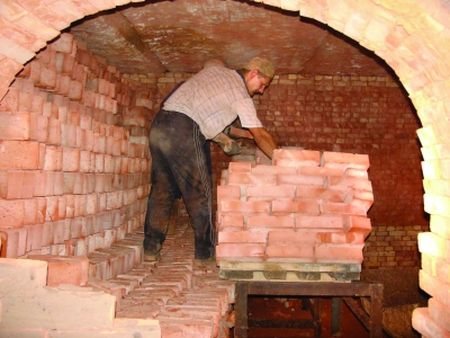
How does brick firing work?
There are two common methods for making bricks. The first is semi-dry and dry pressing. The plastic molding method is the second brick making method. The difference lies in the varying amount of moisture contained in the raw material in both production methods. It should be noted that the second manufacturing method is most widely used.
Plastic molded bricks can be hollow or solid. The principle of production of both types of bricks is the same, the difference is that clay is more thoroughly prepared for hollow bricks.
The following stages of brick making can be distinguished:
- Preparation of raw materials
- Bar molding
- Drying of raw bricks
- Burning
It should be noted that each stage is characterized by careful observance of the parameters. For example, in order to carry out the firing, which is the final stage of production, all technical requirements must be observed. Brick firing technology implies compliance with both temperature and time conditions. Otherwise, a defective product is inevitable.
Loading principle in tunnel kilns


loading bricks into tunnel kilns
To create gas ovens for baking bricks, you need
calculate a certain number of products in the required time. Basically in such furnaces there is a large chamber where the raw materials are placed. These chambers are like a tunnel, and in the middle there is an element for heating them. Thanks to these devices, the entire system begins to work. Each of them is divided into sections, which have a certain temperature during the manufacture of bricks.
The scheme of brick kilns varies from the structure itself, which has special pushers in each section. They, in turn, cannot work without carts, and for their movement, rails must be laid. To speed up the work process, it is necessary to automate everything, this will significantly save financial investments, and this is a cherished desire for every entrepreneur who decided to start this production.


tunnel kiln diagram
To design a tunnel kiln for firing bricks, you need to contact a specialist for a drawing, since it can have different shapes. At the moment when the brick is loaded, it is gray, and when it leaves, it turns orange, which can be seen in building markets and markets. In the process of manufacturing a product, the furnace works according to a certain principle:
- The 1st cart, which has a pallet, is loaded with raw brick in a couple of rows. When loading it, you must observe the height. It should be no more than 1 m, if this threshold is exceeded, then the brick will become defective:
- In order for the tunnel brick kiln to work, the automatic devices and pushers must be turned on. The cart is activated loaded with material. As soon as she drives into the stove, raw bricks fall into the 1st chamber. An uninformed person may ask the question: "How do you put the bricks on the trolley so that after the procedure they acquire a certain shape?":
- The next step in conventional technology is the intermediate drying of the raw product. The layout of a brick kiln at home is completely different than a production facility.


tunnel kiln design
With the gradual heating of the furnace, all the moisture comes out of the brick, and if this building material is loaded into a hot furnace, it will simply burst or be deformed. Therefore, we need to be more attentive to the working volumes.
- In order to gradually move the raw product, chamber kilns are used for firing bricks. When the brick approaches the chamber, the temperature there already reaches about 900 degrees Celsius, and maybe even higher. Each material is in this department for a certain time. After the expiration of the allotted period, another batch arrives, and this one goes on to the next stage of processing. If such a tunnel structure is implemented at an enterprise, then a very good result can be obtained in a short period of time.
- The next step in designing brick kilns involves connecting all the particles of the product. When the moisture that is between the crystals completely evaporates, then the raw material is somewhat similar to ceramics. The most interesting thing is that ceramics are made in exactly the same way.
- on this, in general, the firing ends and the future building material goes into the next chamber for cooling. This process should also be gradual, not abrupt. Meanwhile, the automatic conveyor continues its work and the almost finished building material ends up in the last section. Before being sold, the product is stored in a mobile tunnel kiln for firing bricks in the last section, where the lowest temperature is maintained.
- At the final stage, the pushers push the trolley out, as it were, and the brick finally cools down without physical or mechanical intervention, as well as without a sharp temperature difference. After it cools down, it is transported to the warehouse.
Mini brick kiln - the most mobile and automated design for the production of this product. It cannot be compared with the results of the tunnel one, because all the work is built on the pipelined method. Of course, in such an enterprise you need to invest significant funds, but with such equipment that can produce a huge volume of products, all costs will quickly pay off.
How ceramic bricks are fired
Raw brick contains from 8% to 12% moisture, enters the kiln for firing, where it is initially dried. Then the temperature increases to a level of 500-800 ° C, at which dehydration of minerals from the clay occurs. Because of this, the product shrinks. At temperatures above 200 ° C, the release of volatile organic impurities and additives is observed.
At this stage, the brick firing temperature rises at a rate of 300-350 ° C / h. The temperature is kept constant until the carbon is burned out. And only after that, the temperature is raised to 800 ° C. Exposure to such temperatures causes the product to change its structure. For some time, they maintain the maximum temperature for uniform heating of the brick. Then the temperature starts to decrease gradually.
The brick firing time can reach from 6 hours to 48 hours. While this process is taking place, the brick structurally changes repeatedly. If the production technology is observed, the output is a product with high strength and water-resistant qualities. It is characterized by sound and heat insulation properties, as well as resistance to various temperature conditions.
We recommend reading:
What to buy equipment for the production of Lego bricks in Russia?
Choosing a sand-lime brick machine.
Lift-up kiln doors
The lifting doors of the firing kiln form a system of prechambers that maintain the aerodynamic modes of drying and firing during the entry and exit of the trolley. The door operation is rigidly synchronized with the movement of the trolley train and is carried out automatically.
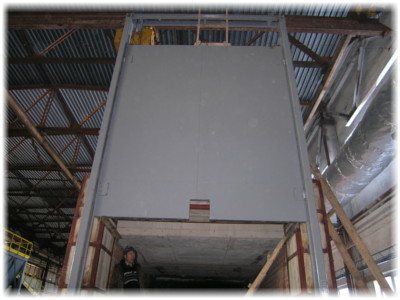

Types of brick kilns
Various kilns are used during the firing phase. Which brick kiln equipment to use in production depends on various factors. The brick kiln is both a process equipment and a thermodynamic open system at the same time. Constant thermal processes take place in it.
Ring furnace
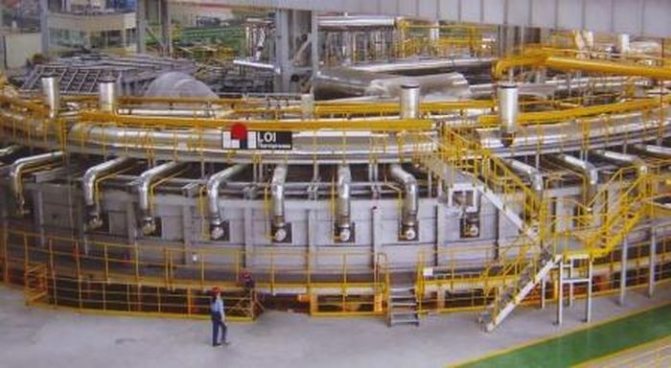

Ring brick kiln
One type of brick kiln is ring kiln. It is these vaulted furnaces that are most widely used in brick production. If an annular brick kiln is not installed at a production plant, then it is advisable to use it without a roof. The cost of construction is slightly more expensive compared to floor standing ovens, however, their maintenance is much more convenient and easier.


Diagram of a ring kiln for firing bricks
Firing bricks in an annular kiln gives a result in quality that is significantly higher than in a floor kiln, and fuel is consumed several times less per 1,000 fired bricks. Another advantage of these stoves is that they can be fired with different types of fuel. All this influenced the widespread use of ring furnaces.
Tunnel oven
Tunnel ovens are replacing ring ovens, gradually replacing them. More and more large brick factories are using them in their production. In tunnel kilns, bricks move on special trolleys, in contrast to circular ones, where the brick is stationary, and various temperature regimes are passed through it. The tunnel kiln for baking bricks is easier to maintain, because the unloading and loading of the batch of bricks takes place outside the kiln, where there are acceptable temperature conditions for the personnel. In addition, it is much easier to mechanize processes in front of the work area than in it. The kiln is a tunnel with rails inside. Firing bricks in a tunnel kiln takes place on trolleys, which stand one by one along the entire length of the tunnel. After a certain time interval, a new trolley with raw bricks enters the tunnel, and a trolley with ready-made products leaves the back of the tunnel.
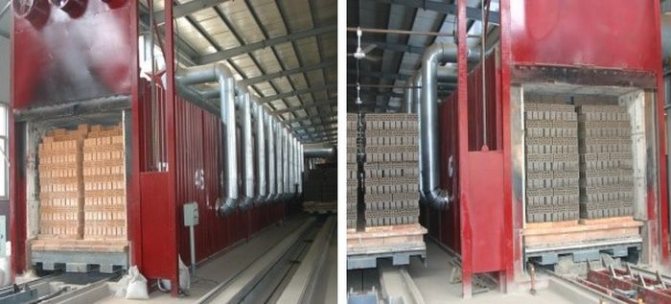

Tunnel brick kiln
The ovens can be fitted with a variety of heat sources. It is possible to heat the kilns for roasting with coal, oil. An electric furnace or gas burners are being installed. Convenience of service and economic benefit of production depend on the type of the selected heat source. If a gas kiln for firing bricks is selected for production, then regardless of whether it is an annular or tunnel kiln, the result will be of high quality only if the technological parameters are observed.
You might be interested in:
Choosing a press for the production of Lego bricks.
What kind of clay is suitable for brick making?
Furnace types
Throughout the history of the production of this material, a variety of different designs for firing have been invented. They all had their own specific parameters and had different advantages and disadvantages.
Nowadays, tunnel kilns for baking bricks and their counterparts operating on the ring principle are popular.


In the last century, brick making ovens were virtually indistinguishable from conventional heating or heating devices. But due to their impracticality and low productivity, they were replaced by conveyors
Tunnel loading devices
This oven is a long chamber that closely resembles a tunnel. It contains heating elements that bring the device to operating mode. It should be noted that the chamber itself is divided into several sections, in each of which a certain temperature is maintained.
The movement of material inside the furnace is carried out by means of special pushers, which interact with carts placed on rails inside the installation. Moreover, the entire production process can be fully automated, which makes it more economical. That is why this type of device is in great demand and is in great demand.
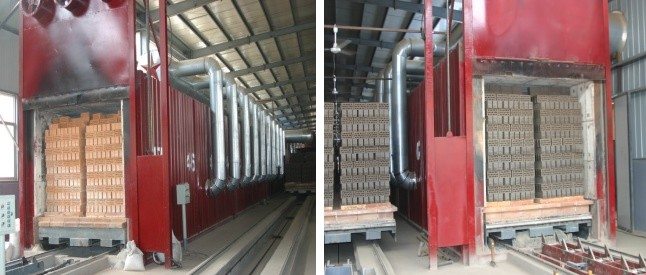

Exterior view of a tunnel-type furnace with loading and unloading chambers at the end of the working cycle and with raised doors
The principle of making bricks in tunnel kilns is as follows:
- Raw bricks are placed in several rows on the pallet of the first cart. In this case, the loading height should not exceed 1 m so that the products do not deform during the calcination process.
- Further, with the help of automation and pushers, the trolley enters the tunnel, where it first enters the first chamber.


The principle of placing raw products on a trolley for uniform calcination and preventing the occurrence of deformation and destruction of the material
- The standard brick firing technology involves preliminary drying, as a result of which the greatest extraction of moisture from the products occurs, but only with gradual heating. If the furnace had reached a high temperature immediately, then the material would have simply burst under the influence of sharp evaporation.
- After a certain time, which is different for each type of bricks and even for some batches, the automation moves the heated material to a zone with a temperature of 900-950 degrees. In this case, its place, and the heating chamber is immediately taken by a new batch.
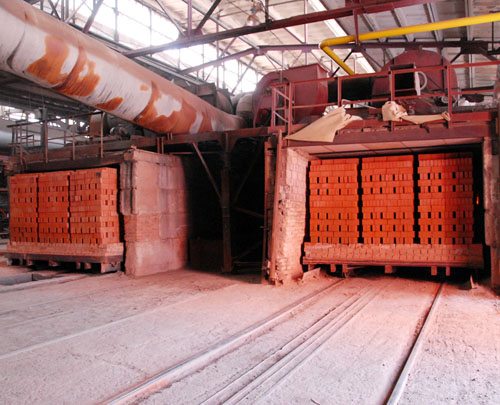

Tunnel ovens produce production volumes in a short period of time
- At this temperature, the fine particles are completely sintered together, and the intercrystalline moisture is completely removed. As a result of this process, a material is obtained in its characteristics and appearance similar to ceramic, given that it is made in exactly the same way.
- After the bricks have been fired in a tunnel kiln, they need to ensure uniform cooling. To do this, the automation moves the material to the last chamber, where the temperature is much lower, which leads to cooling.
- At the finishing stage, finished products are driven out of the tunnel by means of pushers. However, the bricks must completely cool down without experiencing mechanical stress and sudden changes. That is why they are not touched until a new batch is ready.
It should be noted that the tunnel oven is a real conveyor equipped with sophisticated automation and expensive equipment. However, on a production scale, it is simply irreplaceable and allows you to issue large volumes in a short time. At the same time, there is no need to involve many workers, since the entire process is almost completely automated. (see also the article Refractory fireclay brick - all about it)
Advice! These types of furnaces are quite energy-consuming, but having entered the operating mode, they fully justify all the costs associated with the operation. That is why foremen prefer not to stop the installation, but to work with maximum efficiency in three shifts.


The entire process, using devices of this type and modern automation, can be monitored by only one person, which greatly facilitates the work and reduces costs
Ring devices
The principle of operation of this device is based on heat exchange and movement of air masses. The fact is that annular brick kilns are a number of sections (from 14 to 36), which are placed next to each other, forming a ring.
Each section is equipped with its own firebox, but has a common ventilation system. Thus, the product goes through all the stages of calcination, being in one segment.Its preheating and cooling is provided by adjacent sections, which are separated from each other only by thick sheets of paper, during the combustion of which a temperature exchange occurs.
The conveyor-type ring production furnace also does not require a large number of maintenance personnel, but in fact it is a tunnel device that was made in the form of a ring.
The principle of operation of furnaces of this type is quite simple and it consists in the fact that the products will go through a full firing cycle in one section. Heating up at the expense of the adjacent chamber, quenching from its own fuel and cooling down using the temperature of the next section. This allows for significant savings and turns the work into a conveyor belt. (see also the article Brick for cladding stoves and fireplaces - general requirements and an overview of manufacturers)


Principle of Zones Layout in Ring Furnaces
It is worth noting that it is impossible to produce building bricks in such structures without quality losses. These furnaces cannot provide strict control over the temperature regime, and the first models of these devices did not have measuring instruments at all. Also, to perform work, a certain number of working personnel is required, and you will need to work in three or four shifts.
Advice! This type of oven is too large for private use and is technically outdated for modern production. That is why you should not focus on such a firing method, but look for simpler and more affordable methods.
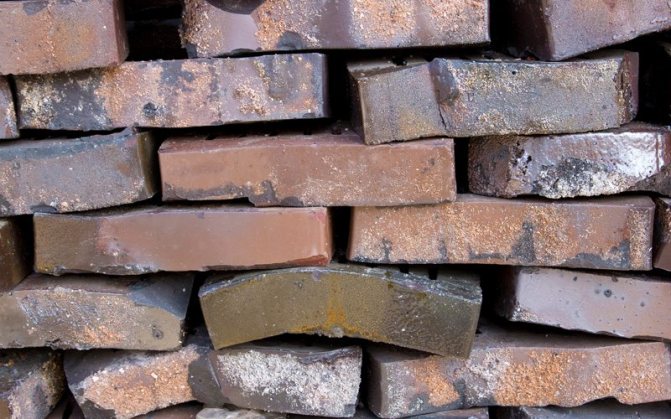

Violation of the technical process leads to deformation of products
Is it worth making bricks at home?
Having considered the hardening methods offered by the tunnel and ring kilns, one can come to the conclusion that the whole firing process is so complex and lengthy that it is rather problematic to do it yourself, and creating your own kiln for this is simply stupid..
This statement is partly true and has good reason:
- The fact is that in our time there is no shortage for such a building material as brick.
- For installation work, you can use products that have already been in use, which turns production for your own needs into a real waste.
- The number of rejects in the manufacture of your own hands will be much higher, and the overheated material is not suitable for recycling. This will also incur additional costs.


A whole caste is engaged in its own production of bricks in India, in which the secrets of making are passed from father to son
- However, some craftsmen believe that making bricks with their own hands gives a special charm to a future building and will allow you to get a material with special properties and characteristics.
The first thing you need to know about the technology for making hardened bricks at home is that each individual batch requires a special approach. It is also worth remembering about the production volumes, which in these conditions are significantly reduced. That is why many people prefer non-fired brick than experimenting with making a kiln. (
We fire bricks at home
If you step aside from large volumes of production in brick factories and think about smaller quantities of production, then it is possible to organize the firing of ceramic bricks at home. In order to burn a brick in small quantities, you will need an ordinary metal barrel with a capacity of 200 to 250 liters. Previously, it is necessary to cut out the bottoms in it on both sides.
Firing can also be carried out using a fire. To do this, you need to dig a hole half a meter deep, and install a barrel above it, raised above the edge of the hole at a height of about 20 cm.In a place where there is no lower bottom, it is necessary to adapt supports in the form of rods or a metal grate.This is necessary so that there is a basis for storing bricks inside the barrel.
After filling the barrel with bricks, cover its upper part with a lid in order to minimize heat loss. Firing takes approximately 20 hours, depending on the nature of the clay composition used in the brick. It is possible to fire bricks with gas, but as mentioned above, economic profitability depends on the type of fuel.
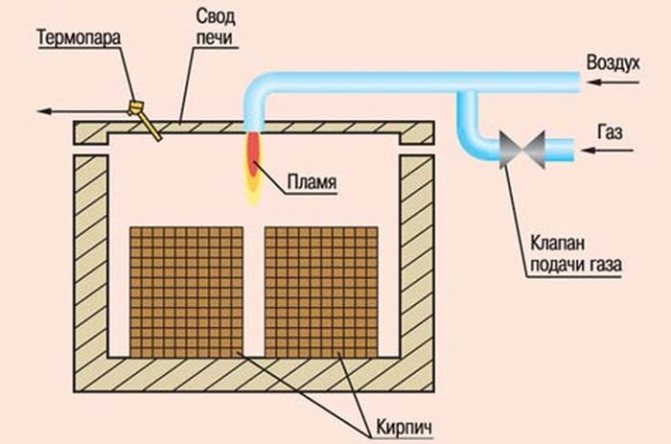

Diagram of a furnace for firing bricks with gas
We recommend these articles:
What are the best matrices for Lego bricks to buy?
How to choose a manual brick press?
Description of high temperature ceramic kilns
Muffle kilns for firing ceramics work on gas and electricity. Induction ovens for this purpose do not use.
Electrical devices
Electric ovens are powered by mains 220 and 380 volts... The unit consists of the following elements:
- of muffle (thick-walled chamber made of refractory material);
- made of heat-resistant facing muffle;
- from metal corps;
- from metal doors with heat-resistant insulation;
- of heating elements;
- of temperature control devices.
The body of the factory muffle furnace is made of become... Amateur craftsmen often use metal covers for electrical appliances.
The muffle is laid out from refractory (fireclay) brick... As a binder solution, take a ready-made chamotte-sand mixture, mortar.
Heat insulator (basalt mineral wool, fluffed asbestos) is stuffed between the body and the muffle. Good heat insulators are perlite and expanded vermiculite.
Heating elements in this version - nichrome or fechrali spirals, infrared heaters... The thermostat and relay are important devices for setting the desired temperature.
The muffle furnace door is firmly pressed against the body by means of castle... On its inner side, a layer of mineral wool and a plate of fireclay bricks are attached.
Gas ovens
In gas muffle furnaces, the chamber is heated by gas from a household gas cylinder... Gas is used as a heater. burner from domestic stoves or ovens.
The body of the gas muffle device is made of metal. It can be square or circular. As a body, amateurs use steel tanks, welded sheet steel boxes.
Heat-resistant cladding made from rolled basalt wool, vermiculite, asbestos fiber, perlite. The cladding is attached to ceramic fasteners, nichrome wire.
Heat-resistant lining is sheathed refractory fireclay bricks. Laying is done on fireclay mortar or mortar.
Gas burner mounts on the bottom of the case or on the side of the camera. She is does not give uniform heating, therefore, firing is carried out in another muffle, which is inserted from above into the chamber. Firing products are placed in it.
The cover is reinforced a thick layer of loose heat insulator and chamotte. Furnace gases escape to the outside through special slots or gaps between the cover and the body.
What you need to buy a brick kiln
If you think about starting a ceramic brick business, then you need to consider more serious options than burning bonfires in the yard. If you have already decided to buy a mini brick kiln, then you need to choose the most suitable option. It is worth thinking about what volumes are planned to be produced, because each furnace has its own capacity.
Also an important point is to choose a stove with a suitable type of fuel, because in our time of rapid changes in energy prices, this issue requires serious attention. It is worth considering the feasibility of purchasing a kiln with a higher capacity if there are plans to increase production.
When the questions on the main characteristics are resolved, it is necessary to choose the appropriate version of the model and start looking for options for a profitable purchase.The price of a brick kiln from different dealers and sellers may fluctuate, so there is no need to rush. Most of the representatives who sell these products do not put prices in the public domain, so you have to work hard to find a great deal. But the result of the savings can pleasantly exceed all expectations!
Solid fuel stoves
Unlike the previous two, this variation is characterized by handicraft production. The wood-burning clay kiln is the ancestor of modern appliances. Even now, when there is no shortage of advanced models, many potters do not abandon traditional designs. For a specialist, working with fire is not just a craft, but also a great pleasure.
Figure 6. Wood burning kiln for ceramic firing
Usually such equipment is made of bricks. Sometimes the role of the kiln is played by an iron barrel. The brick option is preferable for many reasons, including high power, safety, reliability, long service life.
In any case, a foundation is needed for a wood-burning stove. The base is made no earlier than a day after the pit is made and the bottom is thoroughly tamped.
Brick ovens are usually made in two rows. The outer row of bricks contributes to more comfortable work - you won't get burned on it. A chimney is used as a chimney. The wider and higher the latter is, the more efficient is the removal of mining and the safer the firing.
The wood-fired pottery oven is not very efficient. Therefore, those who strive not only to respect traditions, but also to be more productive, choose other options. But for the owner of a private house, this is a good decision. Especially when you consider the cost of modern equipment. Although more technologically advanced devices can be made on their own.
Which is better: do it yourself or buy
A homemade ceramic kiln is quite can compete with factory products... If you choose burners with different power, then, by changing the intensity of the flame, they achieve the desired temperature.
Factory models are calculated by engineers, they consume fuel more economically, but a homemade stove is quite enough for firing in a craft workshop.
With the availability of tools and time, the home craftsman will inexpensively receive a stove with the necessary parameters.
Achieve an acceptable temperature at 900 ° C in such a stove it is quite possible. It is used both for drying items and for rough firing of simple ceramics.
If the goal is to get faience or porcelain, a higher temperature with fine adjustment is required. For this, a homemade stove will not work; you will need a muffle or factory-made electric one.
ogon.guru
DIY brick kiln

